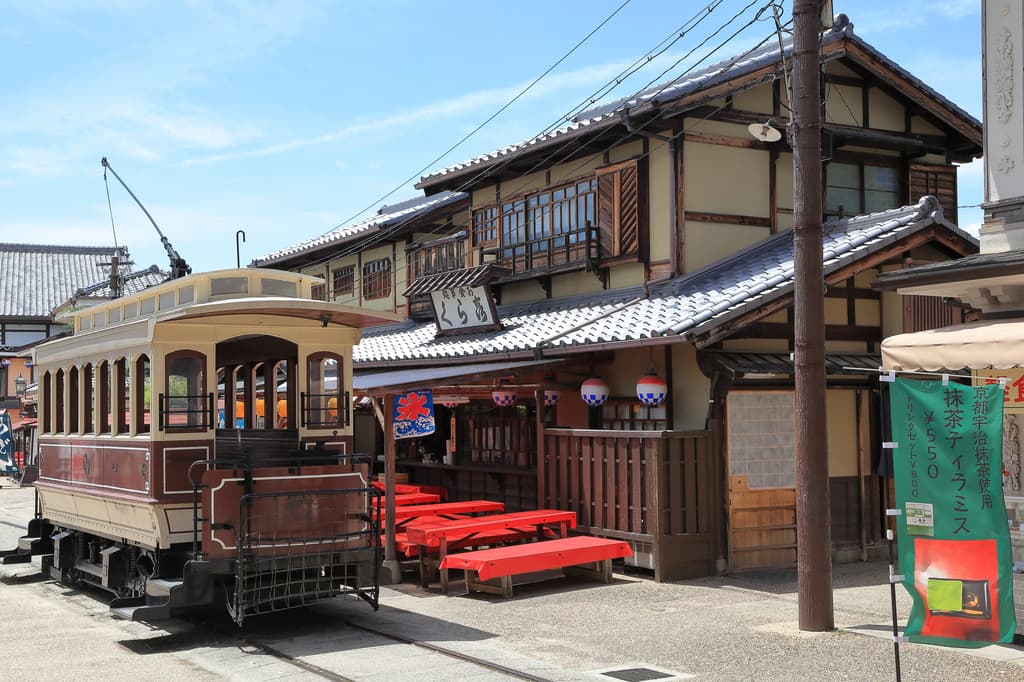Although Kyoto is home to many historical shrines and temples, there are actually many other attractive spots such as aquariums, zoos, and fashionable complexes! In this article, we will introduce recommended spots other than shrines and temples in Kyoto in three different genres. Please take a look at them as a reference for your trip.
To learn more about Kyoto, click here.
6 entertainment facilities
GEAR(ギア)
This is a new, wordless stage that can be enjoyed by young children and foreign audiences. The story, set in an old toy factory, proceeds entirely without dialogue.
The absence of words is replaced by the use of light, images, dance, juggling, and other performances that deliver emotion and excitement to the audience. The facial expressions and gestures of the performers on the realistic stage set are also a must-see. Tickets can be purchased on the official website, so if you are interested, please check it out.
Official website: https://www.gear.ac/en/
Kyoto City Zoo (京都市動物園)
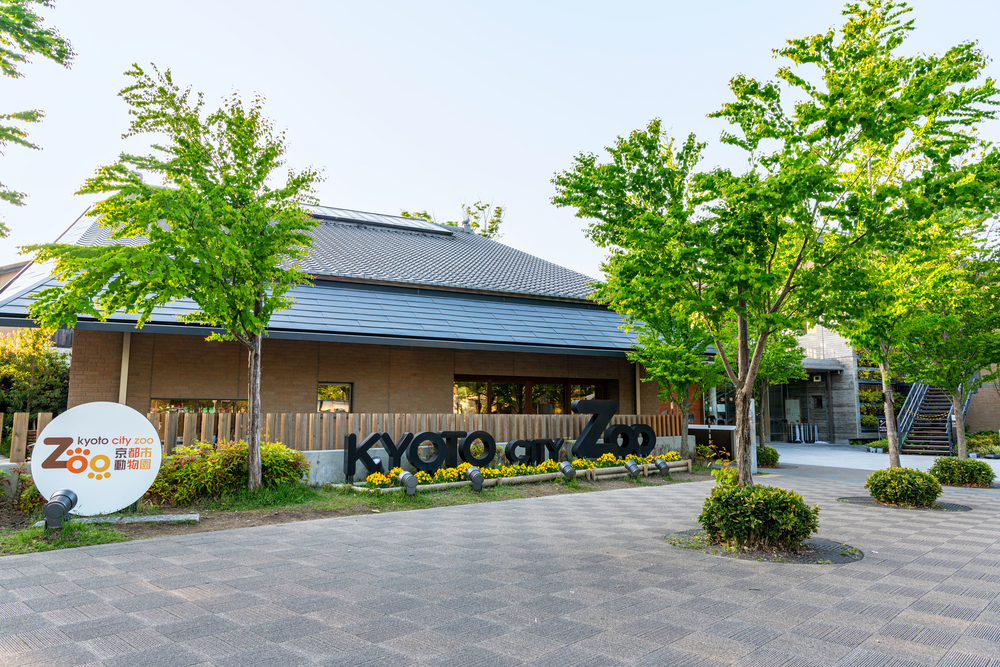
Kyoto City Zoo is the second zoo in Japan with a long history, and is divided into six areas where a variety of animals live.
Along with the animals kept in the park, visitors can encounter a variety of wild birds, flowers, insects, and other living creatures. In particular, more than 100 cherry trees, which bloom in spring, are planted in the park, making it a hidden cherry blossom viewing spot.
SAMURAI and NINJA MUSEUM with EXPERIENCE (サムライ忍者体験ミュージアム)
The SAMURAI NINJA MUSEUM TOKYO With Experience is an activity museum that not only exhibits antiques, but also allows visitors to actually wear armor, the costume of the samurai, and experience shuriken throwing as a ninja.
The basic plan includes a guide who explains the history of samurai and ninja, and a samurai and ninja experience. For those seeking a more authentic experience, there is also a special plan that includes ninja training in ninja costumes and specialized techniques, as well as basic swordsmanship for groups to learn.
Kyoto Aquarium(京都水族館)
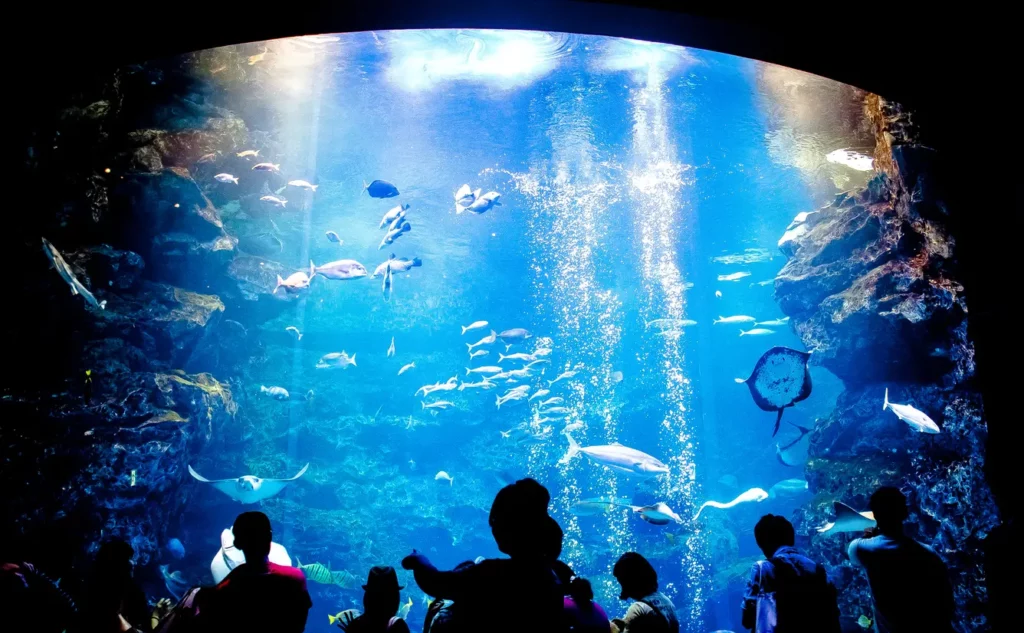
The Kyoto Aquarium is located about a 15-minute walk from Kyoto Station. Although there is no ocean nearby, it is one of the largest inland aquariums in Japan, where visitors can enjoy dolphin shows.

The centerpiece of the aquarium is the giant salamander, which has been designated a special natural treasure by the Japanese government. Visitors can observe the salamander, which is now considered a rarity, up close and personal.
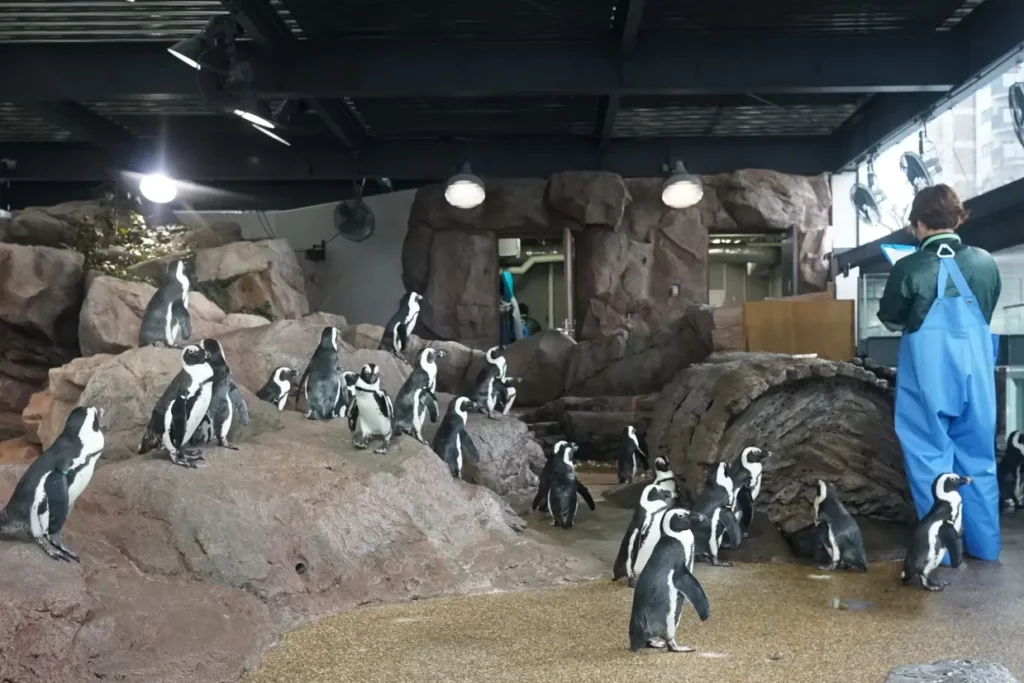
Other highlights include the “Kyoto Sea” tank, which recreates the entire sea of Kyoto, home to a wide variety of creatures, and an exhibit of the aquarium’s popular penguins.
Kyoto Railway Museum(京都鉄道博物館)
The Kyoto Railway Museum is recommended for those interested in Japanese trains! From steam locomotives to bullet trains, this facility is a must-see for railroad enthusiasts, with exhibits of valuable rolling stock, a driving simulator experience, and a steam locomotive garage.
Toei Kyoto Studio Park(東映太秦映画村)

Toei Kyoto Studio Park is a movie theme park. The open sets that recreate the streets of the Edo and Meiji periods are sometimes used for actual TV and movie shootings.
Visitors can enjoy dressing up in more than 30 types of authentic period costumes, and there are also a variety of hands-on attractions such as ninja experiences and sword fighting classes. This is a great spot for children.
4 museums
Kyoto City Kyocera Museum of Art (京都市京セラ美術館)
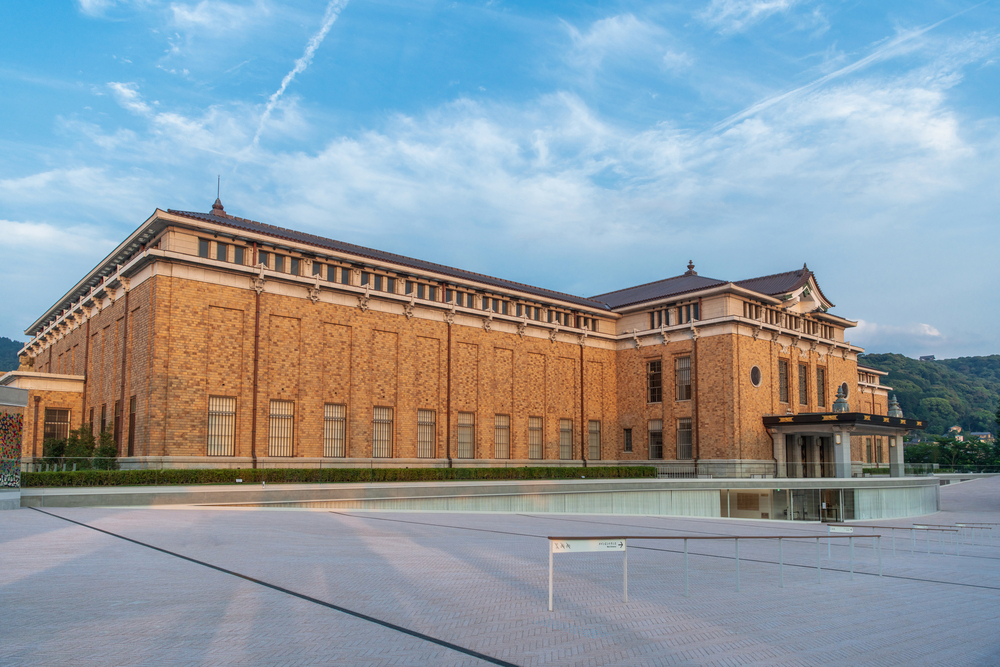
The Kyoto City Kyocera Museum of Art was created in 2020 after the renovation of the Kyoto Municipal Museum of Art. The building, in which modern design was added while preserving the historic architectural design to the maximum extent possible, is attracting attention for its modern beauty. Many areas of the museum are open to the public free of charge, allowing visitors to enjoy the building even if they do not appreciate art.
The exhibits will present art from various periods and genres that embody “Kyoto,” an evolving city where tradition and innovation intersect. There is also a relaxation plaza that will be used for performances, events, and other outdoor activities, offering a variety of experiences.
The National Museum of Modern Art, Kyoto (京都国立近代美術館)
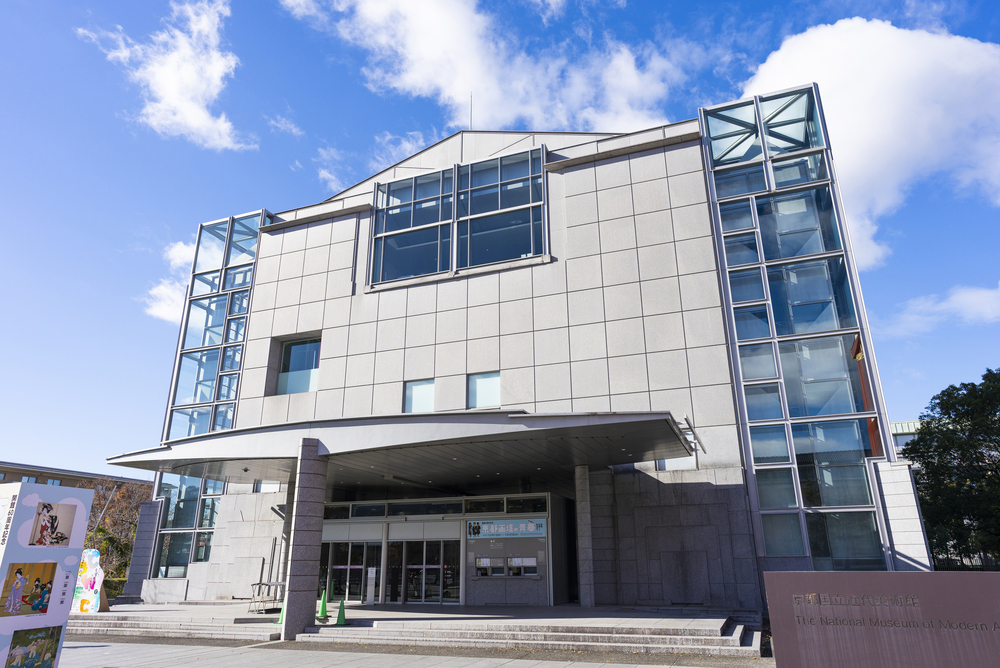
The National Museum of Modern Art, Kyoto is located in an area where cultural facilities such as Heian-jingu Shrine, Okazaki Park, Kyoto Museum of Crafts and Design, Kyoto City Kyocera Museum of Art, and Kyoto Zoo are concentrated.
With an emphasis on art from Kyoto and other parts of western Japan, the collection includes a wide range of Japanese and Western-style paintings, prints, sculptures, and photographs, in addition to ceramics, dyeing and weaving, metalwork, wood and bamboo crafts, jewelry, and other artifacts. In addition to holding special exhibitions about five times a year, the Collection Gallery holds collection exhibitions in conjunction with special exhibitions. This is a museum you will want to visit regularly.
Asahi Group Oyamazaki Villa Museum of Art(アサヒグループ大山崎山荘美術館)
The museum consists of the main building, an English-style mountain villa, the Chichu-kan “Underground Jewelry Box annex” and the Yamate-kan “Dream Box annex” designed by architect Tadao Ando. Six buildings including the main building were registered as Tangible Cultural Properties of Japan in 2004.
The spacious garden and colorful stained glass windows are just a few of the many attractions on the grounds. On the second floor of the main building, there is a tee room with a terrace that offers a spectacular view of the mountains from southern Kyoto to Nara.
Kyoto International Manga Museum (京都国際マンガミュージアム)

The Kyoto International Manga Museum is a facility that collects, preserves, exhibits, surveys, and researches manga. Although the words “preservation” and “exhibition” may conjure up images of historical materials on display, 50,000 of the 300,000 manga in the museum’s collection are available for free reading. Moreover, visitors can bring them to the grassy area outside the building and lie down to read them.
The “Manga Expo” corner features Japanese manga translated into English, French, Thai, and other languages, as well as comics published overseas. It is a great place to enjoy manga even if you cannot read Japanese. In addition, on Saturdays and Sundays, workshops for drawing portraits and manga are held, offering a variety of experiences.
4 shopping facilities
Shin Puh Kan(新風館)
Located in Karasuma-Oike, this complex will open in 2020 with an impressive retro brick structure. Originally the former Kyoto Central Telephone Office, the building was constructed as a “new building” under the supervision of architect Kengo Kuma, and part of the building remains as a “preserved building.
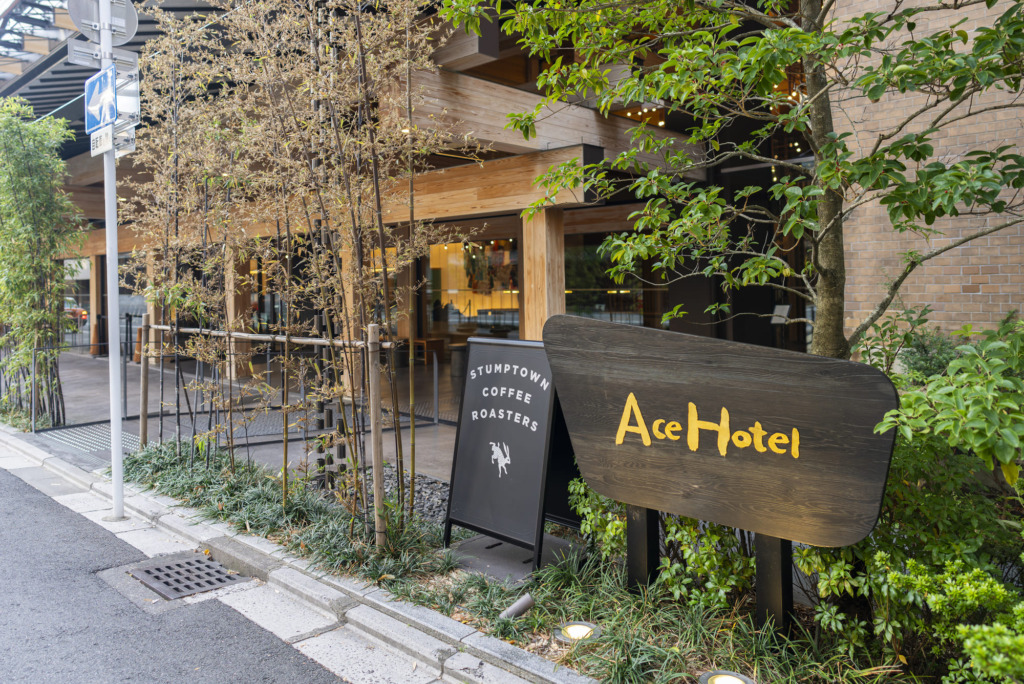
Inside the building are about 20 stores you won’t find anywhere else, including a movie theater, apparel goods, cafes, and restaurants. Another unique feature of the Shin Puh Kan is that it is also home to the Ace Hotel Kyoto, the first hotel to open in Asia. While being a progressive and fashionable complex, the greenery of the courtyard and the Japanese atmosphere make it a very comfortable spot.
GOOD NATURE STATION
Located near Gion-Shijo Station, this is a complex facility with a hotel attached. The first floor is a supermarket selling Kyoto-grown vegetables and natural wines, the second floor is a restaurant for enjoying special meals, and the third floor sells original cosmetics. Each floor contains sophisticated stores, so you can enjoy just looking around the store.
In addition, from the 4th to 9th floors, the hotel is based on the concept of being comfortable for the mind and body, with natural wood used to create a healing atmosphere.
JR Kyoto Isetan(ジェイアール京都伊勢丹)
A shopping facility directly connected to Kyoto Station. In addition to shopping for apparel, sundries, food, and souvenirs, there are also a variety of restaurants. In addition to Japanese, Western, and Chinese cuisine, you can also enjoy Kyoto-style tofu and yuba (bean curd) dishes, Japanese sweets, and more.
Most importantly, it is directly connected to Kyoto Station, making it the perfect place to go when you have a little time before or after your trip, or when you need to buy souvenirs before you go home.
Nishiki Food Market Shopping Street (錦市場商店街)

Also known as “Kyoto’s kitchen,” this shopping street has become a tourist attraction crowded with tourists and students on school excursions. It is also popular among foreign tourists as a spot where they can feel the bustling atmosphere of a good old Japanese shopping street.
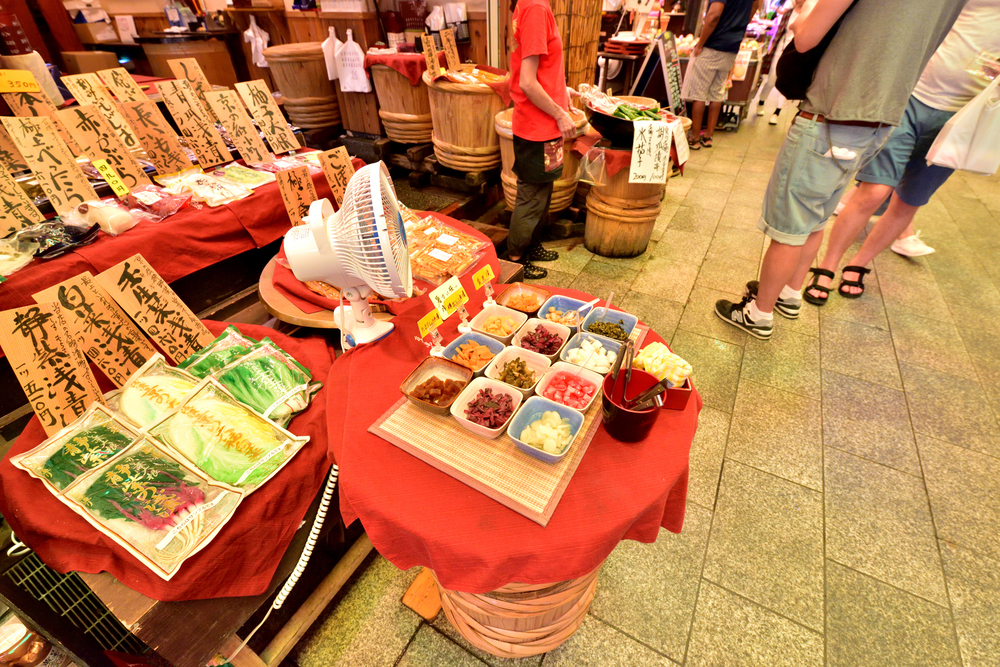
Within the 390-meter-long street, food items to take home as souvenirs such as kyoyasai (Kyoto vegetables), Japanese Pickles, tofu, and seasonal ingredients are sold, and there are also gourmet foods that can be eaten on the spot, making it easy to stop at each store one by one. The market also has a roof over the ceiling, making it a great spot to visit on rainy days.
